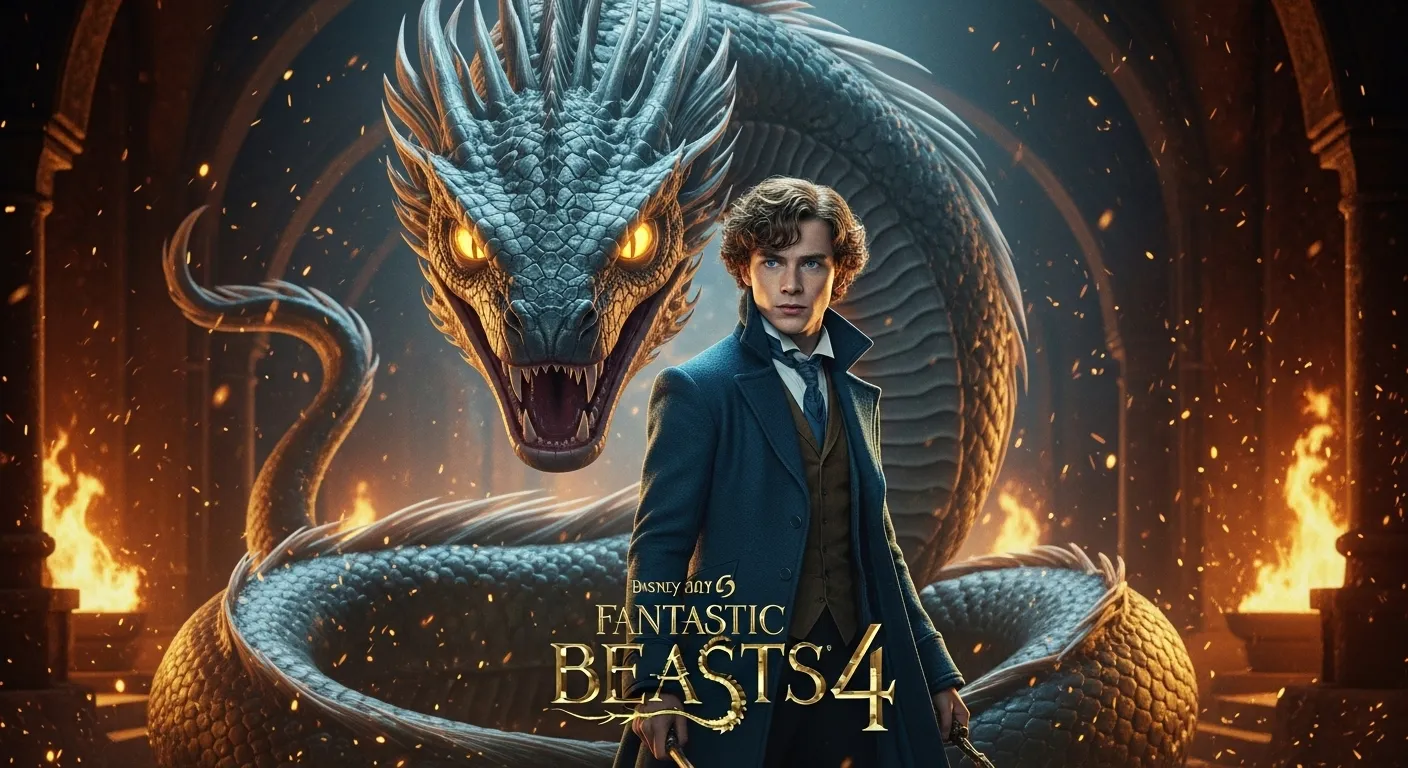Rob Marshall’s Into the Woods (2014), based on Stephen Sondheim and James Lapine’s beloved musical, is an ambitious fairy tale mashup that dares to pull apart the happily-ever-afters we all grew up with. Blending multiple classic stories—Cinderella, Jack and the Beanstalk, Little Red Riding Hood, and Rapunzel—the film reimagines the familiar with wit, darkness, and surprising emotional depth.
Among these intersecting tales, the story of Rapunzel stands out as both visually stunning and thematically powerful, even if it’s one of the more underexplored threads in this star-studded ensemble.
In this version, Rapunzel (played by Mackenzie Mauzy) is less the damsel in distress and more a symbol of sheltered innocence and emotional conflict. Her relationship with the Witch—portrayed by Meryl Streep in one of her most memorable musical roles—is central to the emotional weight of the film. Streep’s Witch is not just a villain; she’s a deeply wounded mother figure whose desperation to protect Rapunzel ultimately destroys their bond.

This mother-daughter relationship is a metaphor for overprotection, fear, and the pain of letting go. While Rapunzel’s arc doesn’t take up as much screen time as some of the other stories, it resonates with audiences who understand the tension between freedom and fear.
Visually, Rapunzel’s scenes are some of the most striking in the film. The iconic tower, draped in tangled vines and bathed in soft golden light, feels like a dream—and a prison. Her duet with the Prince (Billy Magnussen) offers a brief but beautiful reprieve from the darkness, capturing a fairy tale romance in its purest, most fleeting form.

As a whole, Into the Woods is a dazzling but uneven adaptation. The film boasts an all-star cast: Emily Blunt and James Corden as the Baker and his wife provide the emotional core; Anna Kendrick delivers a thoughtful, indecisive Cinderella; Johnny Depp makes a brief but unsettling appearance as the Wolf; and Chris Pine steals scenes as the absurdly charming Prince.
The film’s first half is delightful—clever, funny, and rich with melody. But after the traditional "happily ever after" midpoint, the tone shifts into something darker, more mature, and arguably more truthful. This is where Sondheim’s brilliance shines: the real consequences of wishes, the weight of mistakes, and the price of growing up.
However, in the transition from stage to screen, some complexity is lost. Certain plotlines—especially Rapunzel’s—are trimmed or softened, likely to appeal to a broader family audience. In the original musical, her fate is more tragic, emphasizing the cost of isolation and misunderstanding. In the film, her story ends more abruptly and less impactfully.

The music, of course, remains one of Into the Woods’ strongest assets. Sondheim’s lyrics are clever, layered, and emotionally resonant. Meryl Streep’s “Stay with Me” and “Last Midnight” are particularly powerful, showcasing her range as both singer and actress. Mauzy’s Rapunzel is given fewer vocal moments, but her voice is angelic and haunting—fitting for a character torn between safety and freedom.

Into the Woods (2014) is a beautifully filmed, well-acted, and musically rich fairy tale deconstruction that works best when it embraces complexity. While some characters like Rapunzel are shortchanged compared to their stage counterparts, the film’s core message about the dangers of wishful thinking and the messiness of life remains intact.
It’s not a fairy tale for children—it’s a fairy tale for grown-ups who know that the woods are dark, uncertain, and sometimes necessary.
Rating: 4/5



